<Report from overseas office> [Thailand : World Residence Tour] Bathrooms in Bangkok
- Release date: Sep 15, 2021
- 13297 Views
1. Introduction: Toilet folktales in Thailand
It was about 25 years ago, when I was traveling around Thailand by myself as a backpacker. I still vividly remember the bathroom of the house where I stayed for about a week in Bangkok. When I had just finished my business, I realized that my exit strategy for the bathroom was to be completely unarmed (unprepared). A large polyethylene bucket, which seemed to hold at least 100 liters, was filled to the brim with water. I crouched down on the toilet and watched the pail gently floating there. I tried to simulate the best procedure in my mind again and again, wondering whether I should bring my bottom to my left hand holding the water, or whether I should scoop the water with my left hand and then let it go through my bottom, but it remained unsettled. All I need was a strong feeling and energy. The numbness in my legs was about to reach its limit. Holding my breath, I took the plunge and experienced my first “hand-washing”.The shower was in the same room as the toilet, so I decided to take a shower after using the toilet until I got used to the “hand-washing”. Because they didn’t have toilet paper in the house, it was more convenient to take a shower and wipe the water off my body.
*In Japanese, toilet is called “otearai” which is written as “hand-washing.
2. Bathrooms in Thai are of full bath room style
In Thailand, bathrooms usually consist of a toilet and a shower room in one room. In other words, it has a full bath room style. Bathrooms and toilets are called *”hong naam” in Thai, where “hong” means room and “naam” means water. Since this is a water room, the toilet and shower are placed in the same place. The washbasin is also included in the bathroom* Expressed in English for pronouncing ”ห้องน้ำ”.
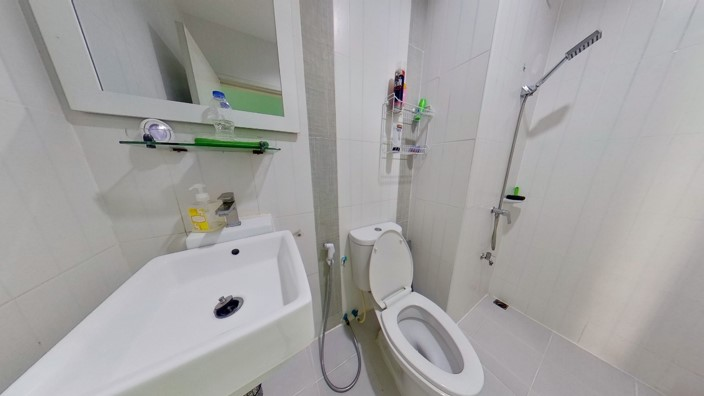
Bangkok. A detached house for high-income family with a monthly household income of 75,000THB or more.
Shower, toilet, and sink are all in one room.
Source: Intage Intage Consumer Database, Consumer Life Panorama
Shower, toilet, and sink are all in one room.
Source: Intage Intage Consumer Database, Consumer Life Panorama
3. Toilet in Thailand
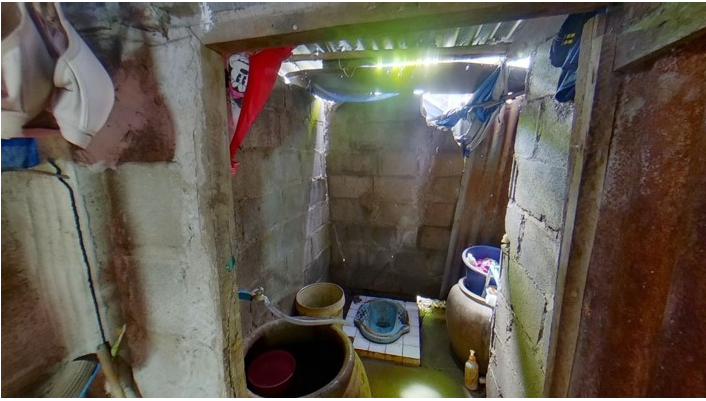
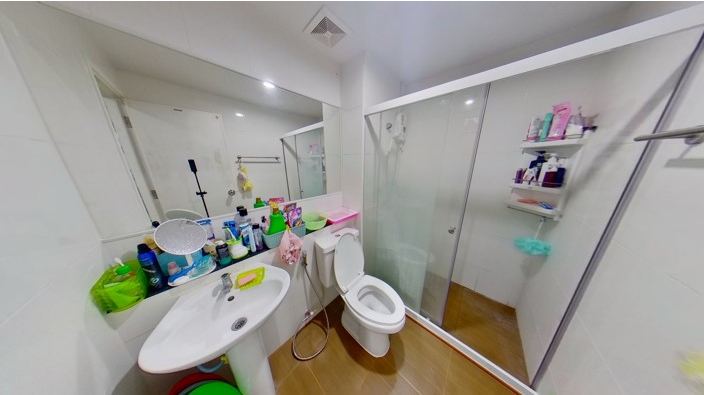
Bangkok. Condominium for middle to high income family with monthly household income of 50,000-75,000THB.
Clean your buttocks with the hose with nozzle on the left side of the toilet bowl.
Source: Intage Intage Consumer Database, Consumer Life Panorama
Other than the hose type, there are products with names such as TOKYO SUKKIRI. By opening the shower nozzle fixed to the toilet seat with the water volume control knob on the right hand side of the seat, you can wash your bottom with the shower nozzle under the back of the seat. In some cases, a shower seat and a hose with a nozzle are attached to the toilet. The key is no electricity is used at all. As I mentioned at the beginning of this article, the bathroom is a water room, where the floor is usually wet, the water from the shower may splash around the toilet bowl, and the area around the toilet bowl is also wet after finishing business. Therefore, it would be dangerous to place an electric outlet on the wall below the toilet bowl, and a shower toilet seat that operates only by water pressure would be easier and more reasonable to install. Also, Thailand is not associated with cold weather that would make you feel like washing your bottom with warm water, so there is no problem with using tap water at exactly the same temperature.Clean your buttocks with the hose with nozzle on the left side of the toilet bowl.
Source: Intage Intage Consumer Database, Consumer Life Panorama
The water pressure in Thailand is generally low and the water flow is not sufficient. After washing your bottom, it is considered etiquette to throw away the toilet paper that has been used to wipe the water droplets into the trash can next to the toilet, instead of flushing it down the toilet bowl.
4. Shower in Thailand
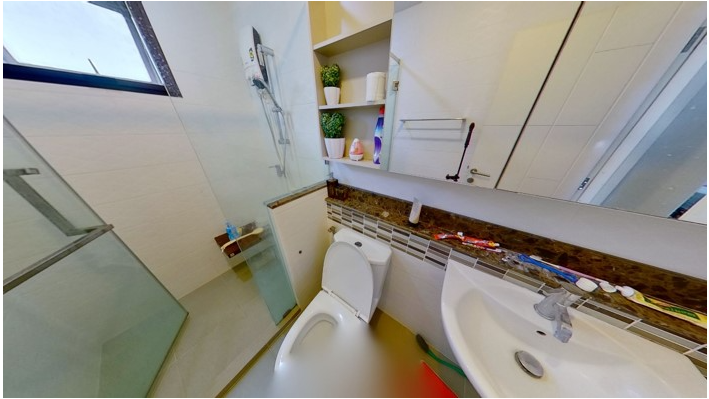
Bangkok. Condominium for middle to high income family with monthly household income of 50,000-75,000THB.
Clean your buttocks with the hose with nozzle on the left side of the toilet bowl.
Source: Intage Intage Consumer Database, Consumer Life Panorama
Next, let’s take a look at showers. Although it may vary from individual to individual, in Thailand, where it is everlasting summer, you will probably be taking showers at least twice a day to wash off the sweat and bathe in water to protect yourself from the heat. I don’t find tap water to be cold, it’s rather warm, so even if I bathe in it, I might feel a little chilly, but it’s not too cold to bathe in, and it’s rather pleasant.Clean your buttocks with the hose with nozzle on the left side of the toilet bowl.
Source: Intage Intage Consumer Database, Consumer Life Panorama
When showering with hot water, it is common to turn on the electric water heater installed diagonally above the shower nozzle to get hot water. The temperature of the hot water is adjusted by a dial on the side of the water heater. Even when the temperature of the water is set to the highest, it still feels like 40 degrees Celsius or less. Turn off the power when not in use. Since electricity is more expensive compared to other prices in Thailand, it is natural to save electricity. Due to the full bathroom style, showering water can wet the floor of the room, so sometimes curtains are used to separate the toilet and shower, or glass doors are installed after renovation. Separate toilets and showers are only available in a few high-end condominiums. Even though the floor is tiled and dries relatively quickly due to the high temperature, the shower makes the floor wet and slippery, and there are many concerns about injuries due to falls when going to the bathroom, especially in homes with elderly people.
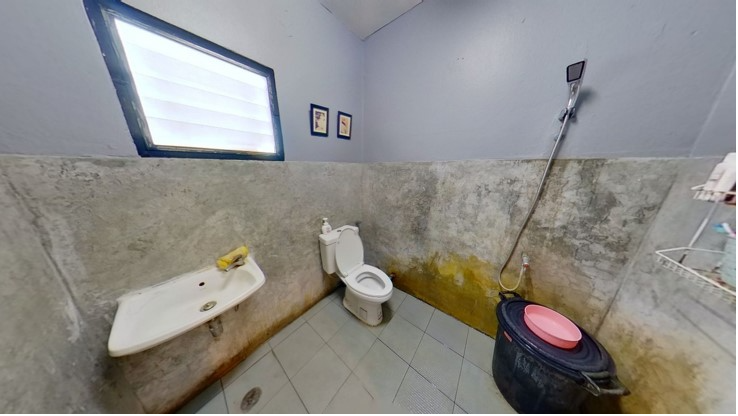
Bangkok. Detached house for high income family with monthly household income of 100,000THB.
This is a typical bathroom in the Hong Naam (water room).
Source: Intage Intage Consumer Database, Consumer Life Panorama
Looking back more than 25 years ago, we do not see any major changes in the layout of showers, toilets, and basins that are necessary for daily life in the house, but we can definitely see a shift from squatting toilets to sitting toilets, and from pails to hoses with nozzles. On the other hand, there has been little change in the fact that the floor of the bathroom tends to get wet easily due to its structure. In Thailand, where the aging society with low birthrate is expected to advance the fastest among the ASEAN countries, product proposals that take into consideration the safety of the elderly in the bathroom, such as quick-drying, non-slip flooring that can be installed in a short period of time, may be acceptable, assuming that the floor area of the bathroom is relatively large and it is difficult to use duckboard. Consumer Life Panorama is a web-based database from Intage that allows you to see the real living conditions of consumers in Japan and overseas. You can view 360-degree images of the living environments of consumers in various countries, and see their daily routines, flow lines, and digital lives.This is a typical bathroom in the Hong Naam (water room).
Source: Intage Intage Consumer Database, Consumer Life Panorama
Some of the photos in this article are taken from the database. This service can be used when you want to observe the living environment of overseas consumers at hand, without the need for customized surveys.
The Consumer Life Panorama demo site can be found here
For an overview of Consumer Life Panorama here
-
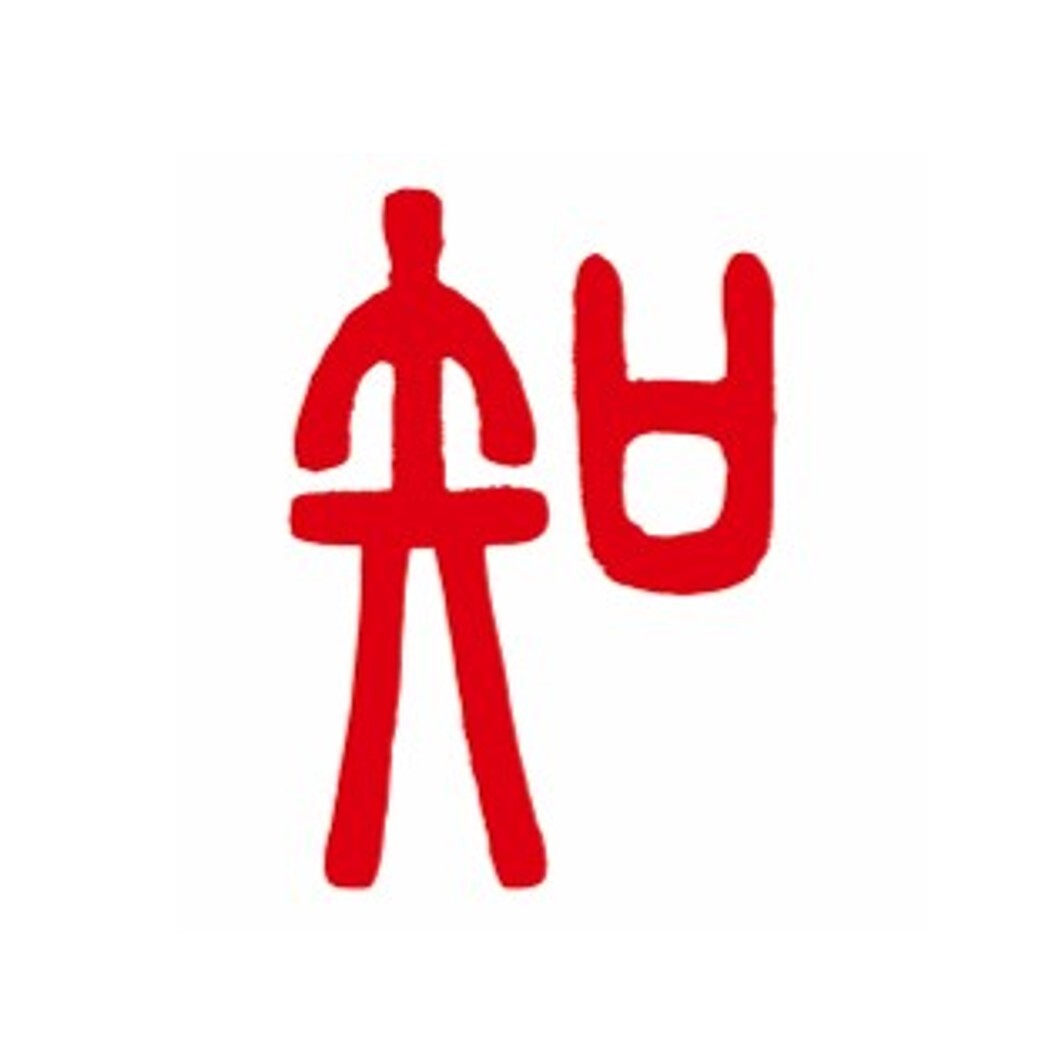
Author profile
Daisuke Aoba
Male researcher in his 40s living in Thailand.He has visited more than 30 countries in the past.He seeks the best for the consumers in the country and always tries to match his feelings with theirs.He continues to post mainly in Thailand his own global gourmet posts, which are viewed about 1,000 times a day.
-

Editor profile
Chew Fong Tat
 Global Market Surfer
Global Market Surfer CLP
CLP